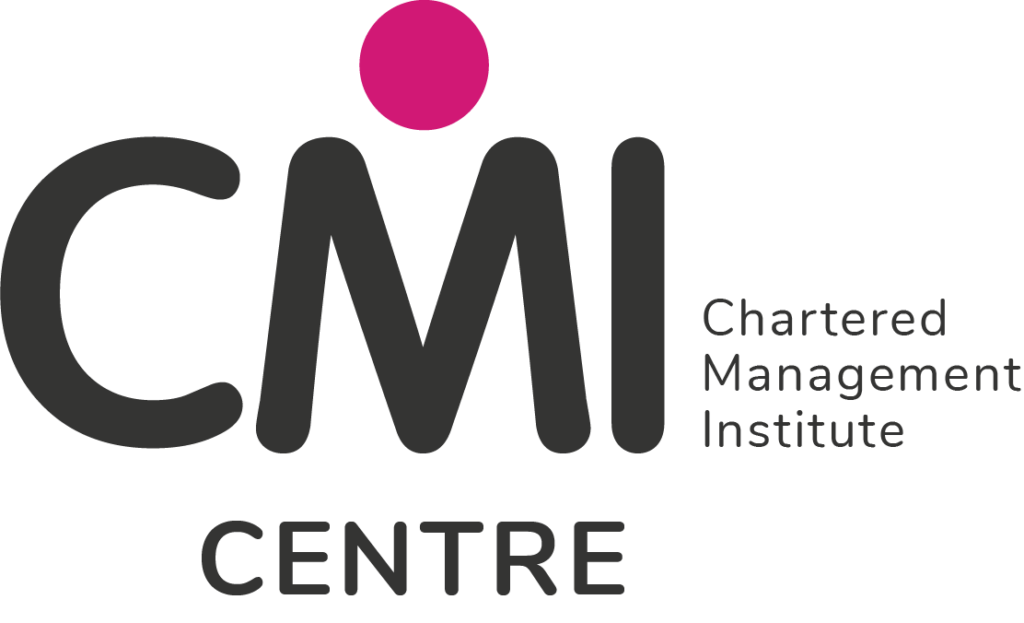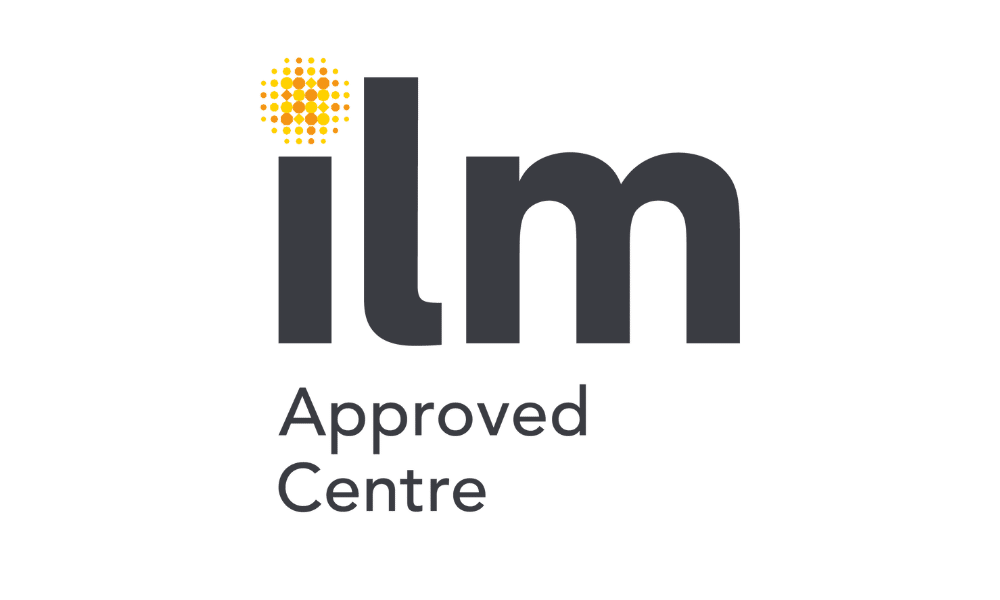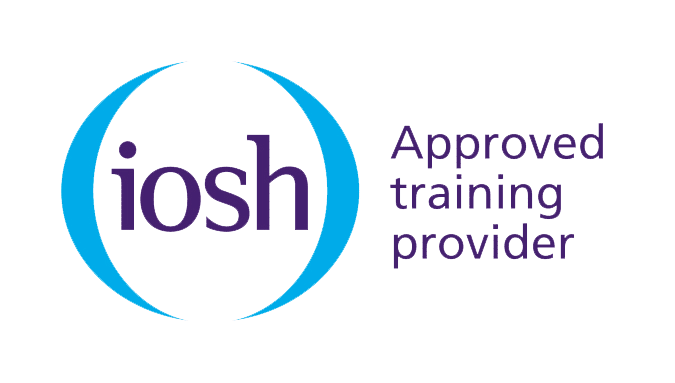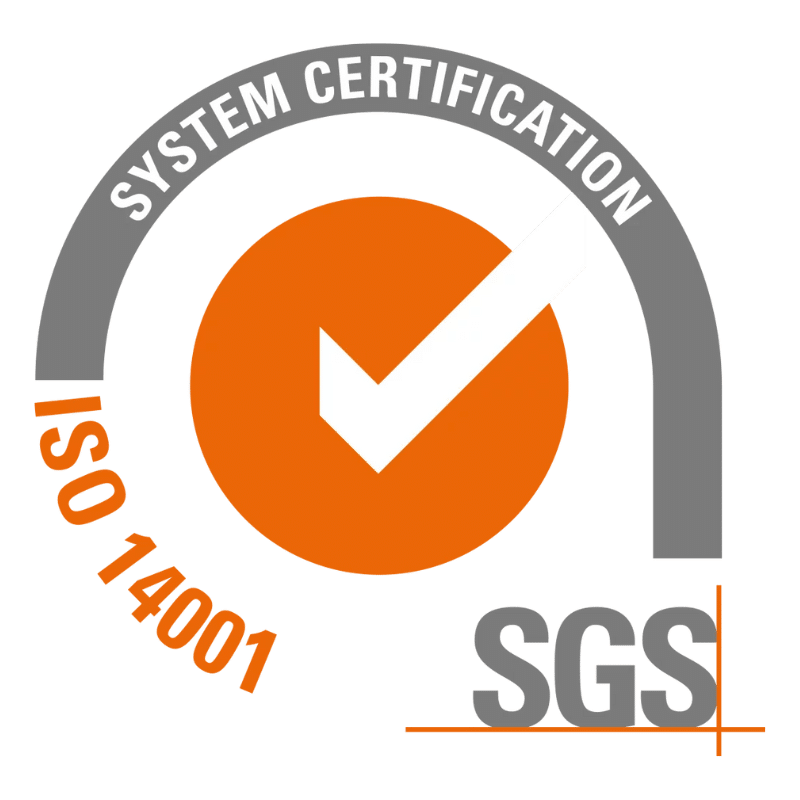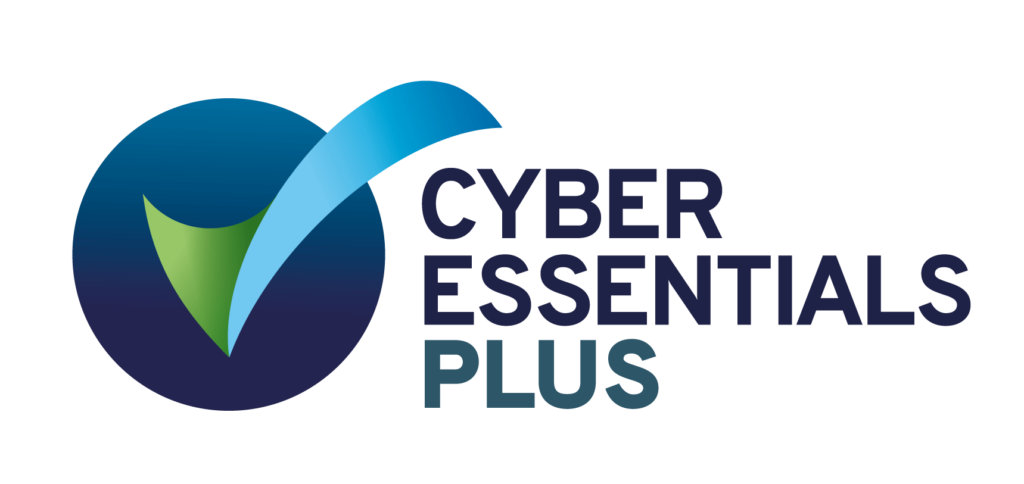The restrictions that Covid-19 has placed on many businesses are – slowly but surely – coming to an end. However, those same businesses are having to undertake changes to systems, processes and behaviours in order to successfully navigate the challenges of an altered business landscape.

A good example is the shift from the fully remote office, necessary during the pandemic, to new hybrid working environments. It’s a rare, widespread organisational change that has been driven by management and worker preferences (for increased flexibility and a better work-life balance). So, individuals will already be engaged with it, but it is still re-writing and re-shaping processes and flows of work that have been established and embedded over many years.
In this environment, it’s valuable for workforces to be skilled and prepared to lead, manage and embrace change. Analogies like Lewin’s ‘Unfreeze-Change-Freeze’, can help.

Step one – unfreeze. Get the organisation or the relevant part of it ready for change. People want to stick to what they know because they have spent a long time doing it – they will need to know why the new path is more likely to result in future success or workforce happiness than the old one, and it is the organisation’s responsibility to show them this.

Step two – change. Only here are the first steps of change happening. The new process has been detailed and distributed – now it’s time to leave the old one(s) behind, becoming a ‘learner’ again. This won’t be instant and requires time, training, support and encouragement. It is also almost certain to involve mistakes – so these must be seen as inevitable and accepted accordingly.

Step three – freeze. Reaching the target shouldn’t be the goal, it should be staying at the target. If the new process or method isn’t ‘frozen’ as a new norm, it is inevitable that people will go back to what they were used to doing.
Freeze (or Refreeze) is where Lewin’s model has come in for criticism. It is argued that the implied rigidity doesn’t fit with the current thinking that change is a continuous process and agility is a desirable organisational asset.

Maybe we should think of this stage as a tub of ice cream rather than a block of ice: frozen, but easier to thaw when the next change comes along. Rather than focusing on rigidity or permanence, the focus is on embedding and, crucially, supporting the change so that behaviours and processes don’t revert.
In today’s fast-moving business landscape where agility is valuable, the idea of being ‘frozen’ in place may not be appealing, nor indeed practical. However, this analogy underlines the idea that, when it comes to processes, behaviours and ways of working, spending resources (i.e., time, effort and money) on changing something, only to let it slip away again, is unsustainable.
Consolidate the efforts so that changes stay changed for as long as needed, even if they need to be adapted or changed again a short while later to meet new challenges or business demands.
At Eliesha we have supported many of our customers with workshops and programmes around Change and Change over the last 18 months, and we would be happy to help your organisation in the same way.
We also dedicate an entire category of our award-winning pearls of wisdom® videos to ‘Understanding and Excelling at Change’, including a video outlining Lewin’s Unfreeze-Change-Freeze model, if you think it would be helpful for your people.
Have a look around this website and Talk to Us to find out more about any of our learning products and services.
